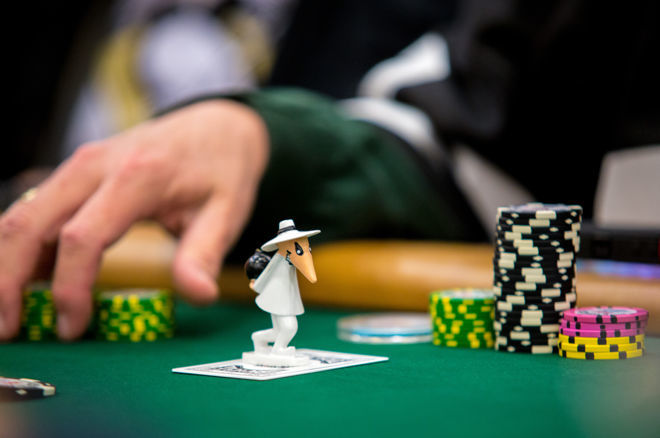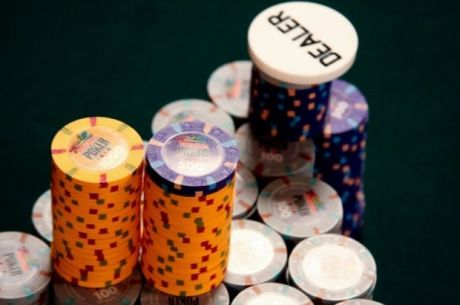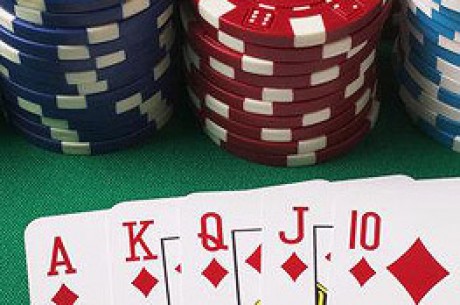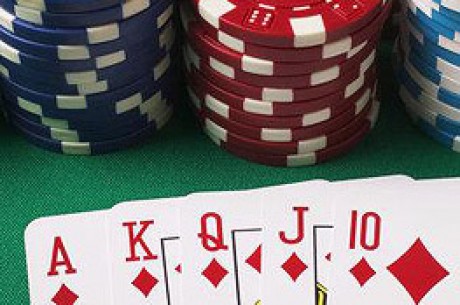Stud Poker Strategy - Check Raising Part One

Check-raising is a valuable tool for the Stud player for many reasons. Even so, it remains controversial in many circles among home game players. Let's look at exactly what it is, when and how to use it, and how to deal with the controversy that inevitably arises in home games.
First of all, a simple definition. Check raising is a two-pronged action that begins with a check, anticipating a bet from an opponent, so one can then raise him. There are, generally, three reasons to do this. Let's look at each in turn.
The first reason to do this is to get more money into the pot than one would get with a straight-forward bet. Let's say, for example, you have a split pair of 3? with an Ace kicker on the deal and get dealt another Ace on Fourth Street. Your opponent raised the bring-in on Third and you called. Now it's Fourth Street and you are high, after your opponent caught a seemingly useless 7. The straightforward play is certainly to bet with your Aces over 3?. The King, if he is anything but the tightest of players, would almost surely call. Assuming you won the hand, you'd win one small bet from that round.
On the other hand, with exactly the same deal, if you checked your Aces Up on Fourth Street and your opponent bet with his pair of Kings, and you raised and he called your raise, you'd insure that two small bets from your opponent went into the pot.
The second reason to initiate a check-raise is to limit the number of opponents you face. Imagine the same hand for you and your opponent, but imagine that there are two other players after you - and that your opponent with the King is to your right.
Going clockwise you see 9? 3?, Q? J?, K? 7?, and you have (3? A?)3? A?. You are still high and check?to set up the check raise you hope. Sure enough the first two playesr, seemingly on flush draws or straight draws, also check. The King, as you hoped, bets. You raise. You raise not because you want to get a double bet from each of the drawing hands but, rather, to knock them out with a double sized bet that you hope they won't call. Had you just bet you Aces up straightforwardly, they might well have called, as would the King. You'd have four players seeing Fifth Street. And though you wouldn't be terribly sad about the extra competition with your Aces Up, you'd have a diminished shot at winning the hand. (from 85% in a heads up contest to a little under 40% in a 4-way clash).
The third reason is as a bluff. Imagine that you have the following hand.
(K? 3?) 3?
You were the bring in and were called by two players in a tight game.
On Fourth Street you hit an Ace. Your opponents didn't seem to improve. You now see:
(Xx) 7? 9?
(Xx) J? Q?
(K? 3?)3? A?
You have three options. You could try to bluff by betting and hoping everyone would fold. You could check and fold or call depending on whether you believed that the bettor actually could beat a pair of 3s (leaning toward folding since these were both tight players who rarely bluffed). Or you could go with a check-raise.
If you check-raised you'd start by checking, hoping that one of the other players would initiate a bet. You'd then raise. Signifying that you had started with an Ace and now had a pair of Aces. If your image was tight and you were against tight players it might well work.
That defines a check-raise. For our next column, we'll look at the conditions you need to be successful with it and when you need to avoid it. We'll wrap up this series with an article about what to do when people object to it.








